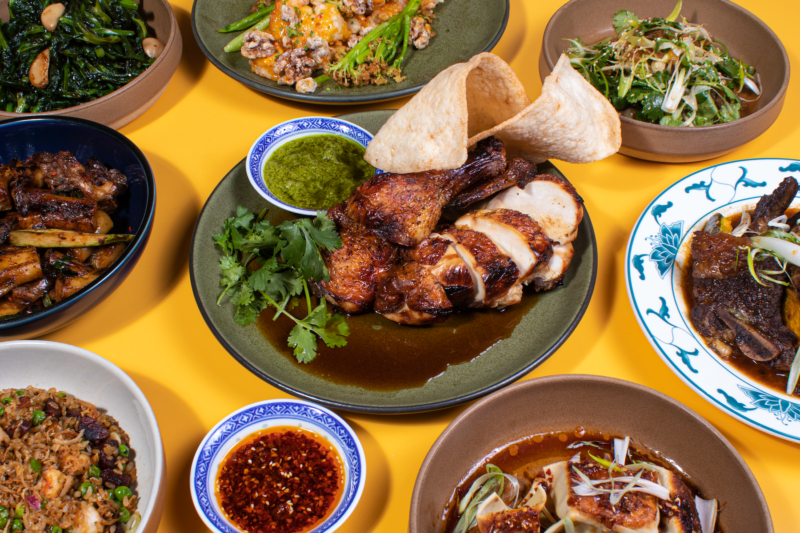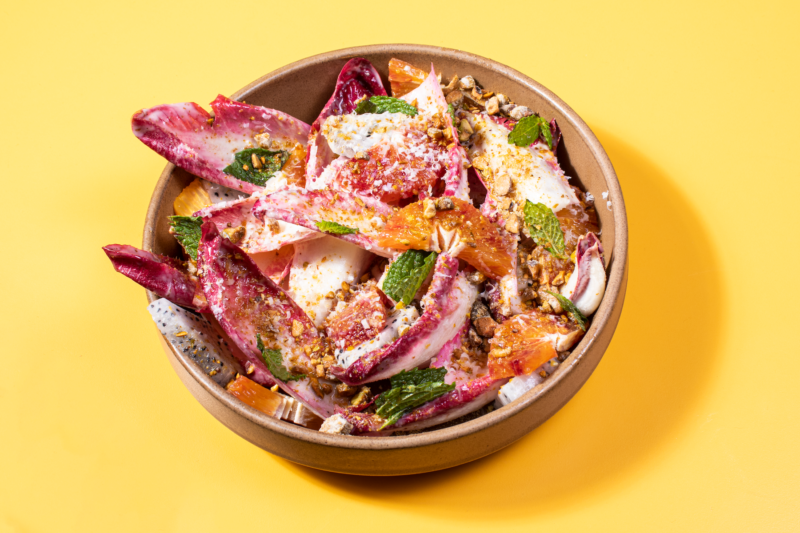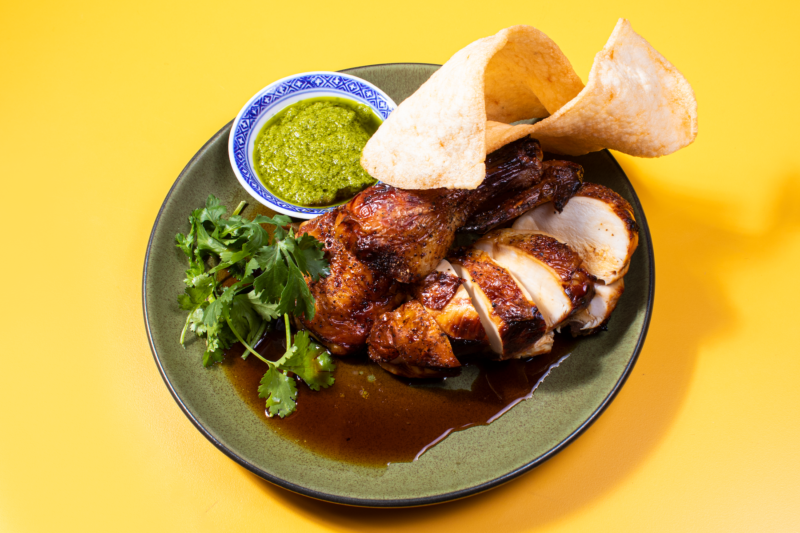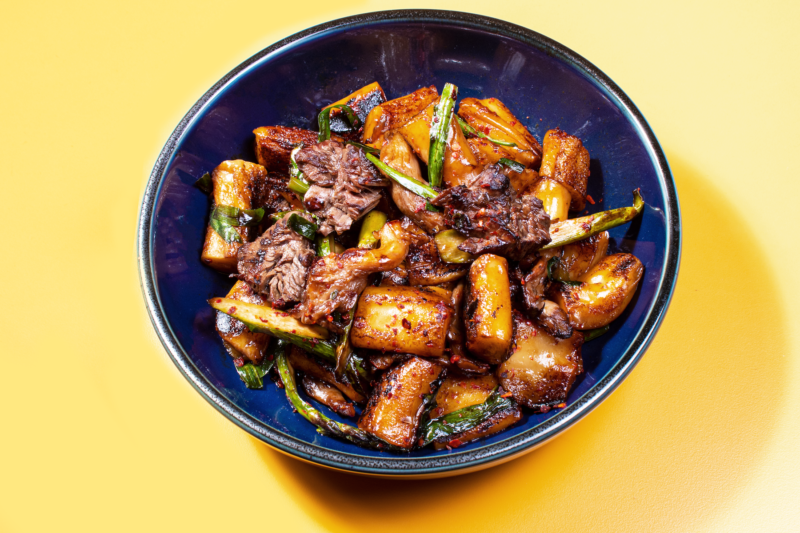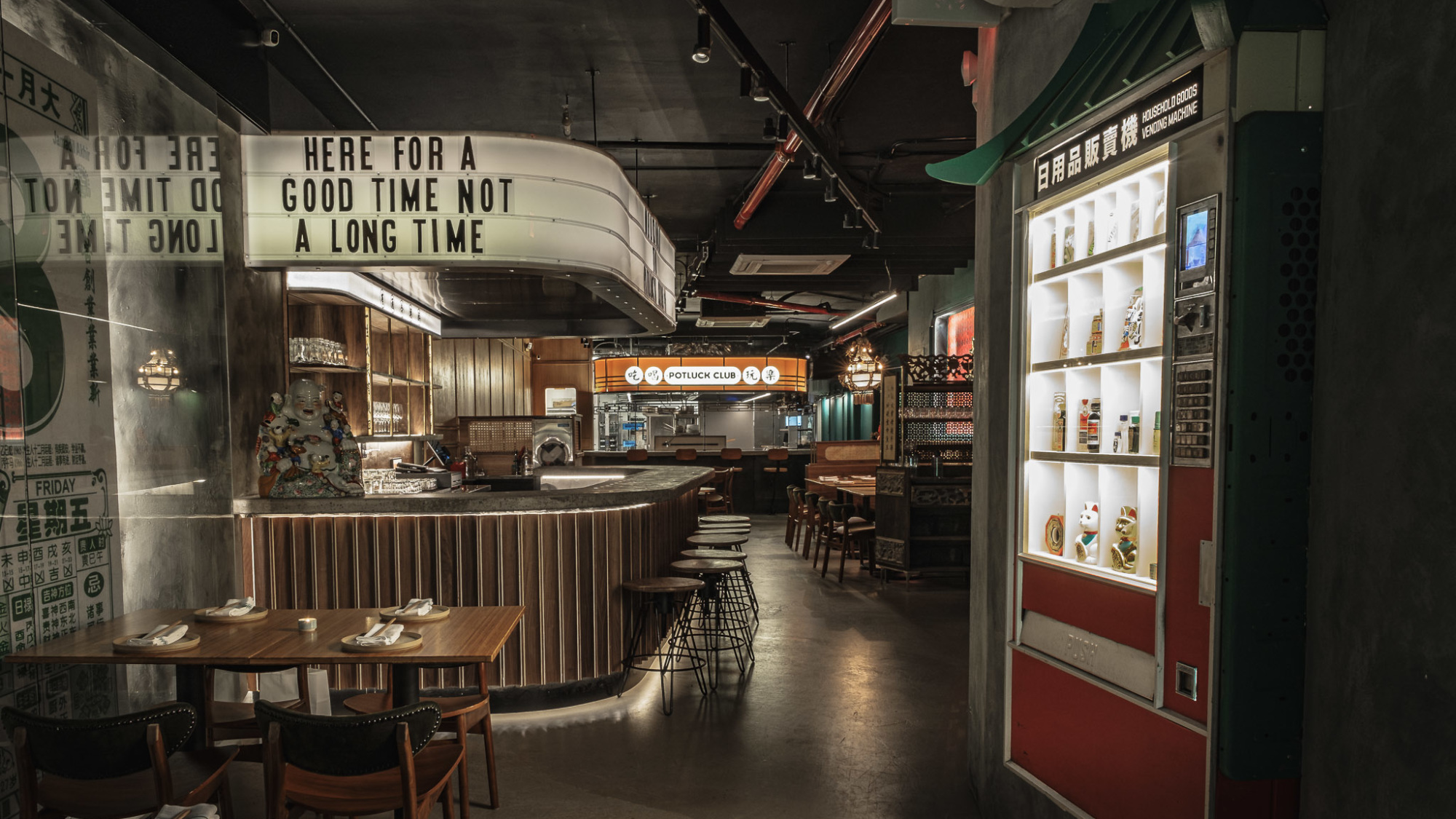
At Chinatown’s Potluck Club, a Revival for Cantonese American Flavors Takes Shape
In the past decade, being Cantonese in New York felt like having an identity dreading its eventual extinction: Our food was no longer considered trendy, our pop cultural references were stuck in the ’90s, and our language, thought of as a dialect to some, was losing its presence.
It was only in Manhattan’s Chinatown, a de facto Cantonese community, where I found any semblance to my Hong Kong roots. It’s where my parents met, where my dad played mahjong, and where my mom worked for more than a decade. After we moved from Manhattan to Queens, Chinatown always seemed one train stop too far. I’ve only returned to Chinatown for food at classic local joints like Taiwan Pork Chop House and Bo Ky.
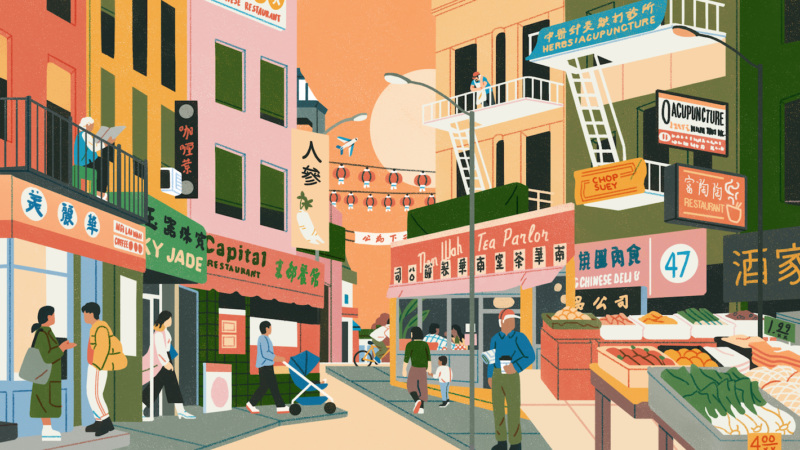
- Welcome to Chinatown USA
- The Resy Guide to Manhattan Chinatown, By Those Who Love It Best
- How Bonnie’s Calvin Eng Pushes Cantonese American Food Forward, Through Five Dishes
- Chinese American Food Is Its Own Great Cuisine. Time to Love It That Way.
- The Wonder of Chinese American Food, In Five Dishes
- One Family’s Story, From Toisan to Wichita
But now, a newcomer on 133 Chrystie Street — Potluck Club — is adding another compelling reason to visit Chinatown. It is the embodiment of a Cantonese revival — a distinctly American one at that. There’s a wall dedicated to Stephen Chow movies, and another to Old Master Q comics. A retro vending machine features Vita soy milk, Pak Fah Yeow, and Nin Jiom herbal cough syrup — all things you might find in a Cantonese household — plus a secret stash of fortune cookies. Those items, and others, are displayed like cultural artifacts throughout the space.
As we walked through the restaurant, Potluck Club co-owner Cory Ng pointed at “the landlady,” a legendary character from Kung Fu Hustle, saying “That’s baojopo, and we have a drink named after her.” The beverage he referenced — Sprite mixed with salted plum and strawberries — resembles the most striking feature of baojopo, aka the landlady: a head full of pink hair rollers.
The wall displays aren’t the only conversation starter. While a “potluck” refers to a gathering where each guest brings a homemade dish, the restaurant recreates that communal atmosphere with round tables that make it easy to share food and conversations. Potluck Club’s fusion dishes challenge our definition of Cantonese American food. They represent a uniquely Cantonese American experience in New York City, one where we get to savor the taste of Chinatown and an entire world of cuisines together.
Ng and his childhood friends, co-owners Kimberly Ho, Justin Siu, Tommy Leong, and Ricky Nguyen, as well as executive chef and co-owner Zhan Chen see Potluck Club as a tribute to Chinatown’s legacy, while pushing it forward, too. Prior to Potluck Club, they found success with Milk and Cream Cereal Bar, serving ice cream infused with different kinds of cereal.
I recently spoke with Ng about the creative process behind Potluck Club, what it means to be Cantonese American, and the current challenges and opportunities for Chinatown businesses.
Note: This interview has been lightly edited for length and clarity.
Resy: What inspired the idea for Potluck Club?
Ng: We really wanted to open a restaurant that serves Cantonese American food. I don’t know how to define that because not much of it has been done. We grew up eating Cantonese food, but we were also influenced by being Americans in New York City. We grew up here, and not in Asia, so being Asian and American blended together for us, and we don’t really separate the two identities. So we wanted our restaurant to reflect this: heavily Asian rooted, but not just within the confines of being Chinese.
Cantonese food in New York hasn’t really evolved in the past 30 to 40 years. Now we have modern Vietnamese, Korean, Shanghainese, and Sichuanese restaurants that are experimenting with different types of fusion, but there hasn’t been as much representation of Cantonese American food. Bonnie’s in Brooklyn is doing it right now, but I don’t see much of it elsewhere in New York.
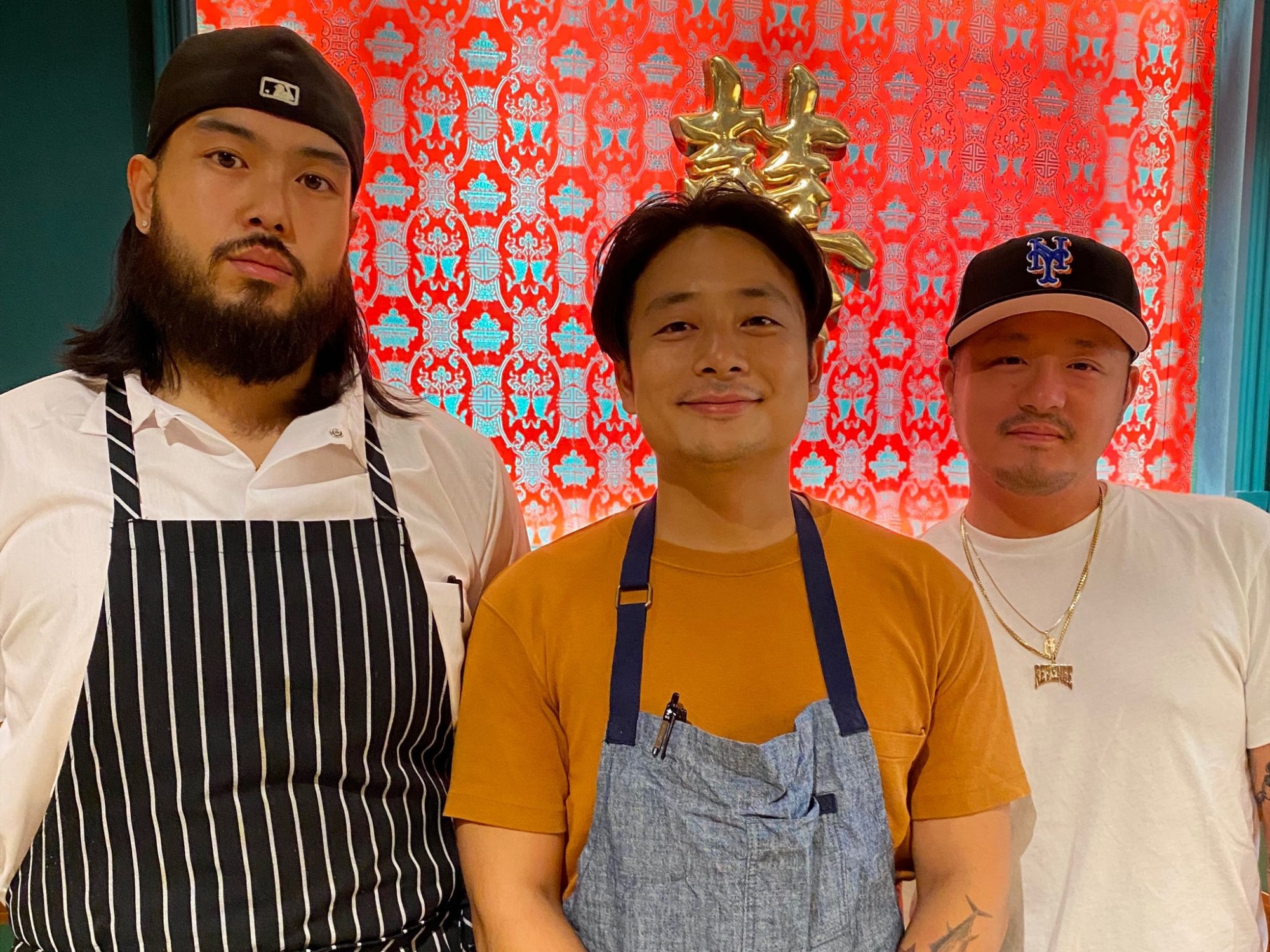
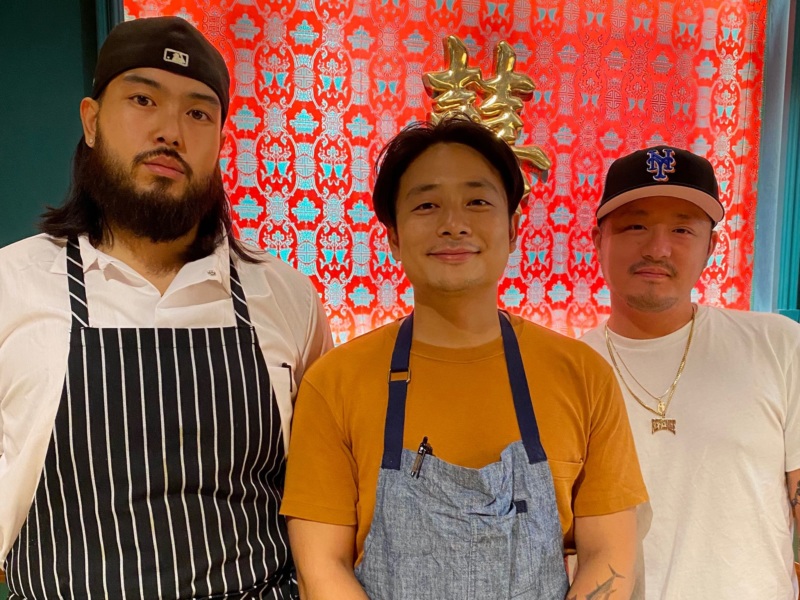
So what does “Cantonese American” mean to you?
Cantonese American, to me, is New York Chinatown. Most of the New York Chinatown population — especially when I was growing up — was Cantonese American and Toisanese American people. A majority of those people have been here since the ’60s, and the population is starting to shrink, unfortunately. This has nothing to do with food, but I see this shrinkage of Chinatown as a result of gentrification and the pandemic. It’s terrible that we’re witnessing old institutions being closed down, but I see it as a gift and a curse.
When our parents and grandparents came, they had no shot of being really educated — they only had the task of survival. They just had to just work, work, work, work, and work. I would say 90% of Cantonese American families had the goal of working really hard so that my generation of kids can go to college and get an office job.
As a community, many of us have risen out of poverty in one generation. That was our parents’ goal and they fulfilled their wildest dreams. If you look at the old Chinatown restaurants, like Noodletown, Wo Hop, and Big Wong, none of the owners there were ever saying “Yo, my son is working here.” They worked open-to-close until 4 a.m. so that their kids would be “successful” in New York.
When you’re making a good enough income, you’re not living in Chinatown anymore. In the ’90s, all those apartments in Chinatown were tenement homes — very, very small apartments where the shower is in the same room as the kitchen. When you’re successful, you’ll move and probably move your parents out eventually.
All of the young kids have moved out of the nest, so what’s left in Chinatown are really the grandparents. I asked my grandma to move to Brooklyn, where there’s a backyard and more space. She said, “No, no, no. I’m living here because I know where to buy my groceries. I know the bakery. I know my friends. I go to the park and I do my exercise. This is my community.”
Your team has done some fun projects that repackage nostalgia in a way, like putting mini mooncakes in a Vita box for Lunar New Year in 2021, and raising funds for the local Chinatown community. How are you channeling that creativity into the restaurant?
We want to take old traditional things like mooncakes and joong (rice dumplings) — foods that are tied to traditional holidays — and give our spin on it. We want to have fun with it and bring new flavors, but we also want to continue to teach our culture to Asian Americans who want to celebrate it, and maybe bring new culture to people who are not Asian but want to learn about it or celebrate it in a fun, young, and modern way.
What does the name Potluck Club mean?
A potluck usually means everyone brings a dish to dinner. But what we mean by Potluck Club is that everyone brings something to the table, whether it be conversations, stories, food, or music. We want everyone to come together at the table and have a good time in our space.
What kinds of dishes can we expect?
Our executive chef, Zhan Chen, and sous chef, Peter Chen, are brothers. Their culinary training is in Italian and Mediterranean cuisine. Zhan worked at Jams under Jonathan Waxman and at Pheasant with Vincent Fraissange, while Peter worked at Freemans, but they’ve never been able to professionally cook Chinese food, even though they cook it at home. This is their first stab at being able to represent their culture and who they are.
Chefs Zhan and Peter created a classic Cantonese dish, salt-and-pepper chicken, but they’re pairing it with Southern-style scallion biscuits. The scallion biscuit is a familiar flavor, like scallion pancakes, but you’re eating in a different, unfamiliar format. It’s served with a surprisingly savory jam, mostly made of chile and plum sauce. Plum sauce is a common ingredient in Cantonese cooking and pairs nicely with fatty or fried foods. Most tables keep the jam even after they’ve finished the chicken and biscuits.
Our dessert is influenced by our favorite American and Chinese snacks: soft serve with bolo bao (pineapple bun) crumble. Thanks to Milk and Cream, we’ve learned a lot about ice cream and desserts over the last five years and have been able to apply them to projects like the Potluck Club.
What does it mean to open a hip restaurant in Chinatown right now, when the neighborhood is facing the intersection of gentrification, pandemic recovery, and anti-Asian violence?
My partners and I are so proud to open Potluck Club in Chinatown now. We want to say, “Hey, this is the new Chinatown.” We’re not our parents’ generation. We’ve always been here. We’re not making char siu over rice, even though I can eat that three times a day, but we’re making dishes that we think are Chinese American.
We’re all kids from Chinatown. It gave us everything growing up. I’m happy that we’re opening a new, revitalized business here. I would love to continue seeing my generation of Asian Americans or Chinese Americans open businesses back into Chinatown, because we’re going to lose it. It’s inevitable, but let’s really show people who we are as a generation and continue to pay honor to our community.
Some of the newer modern Chinese restaurants are not opening in Chinatown. They’re opening in Brooklyn or in Queens. But for me, where else would I go besides here, to represent our community and to represent our culture?
Potluck Club
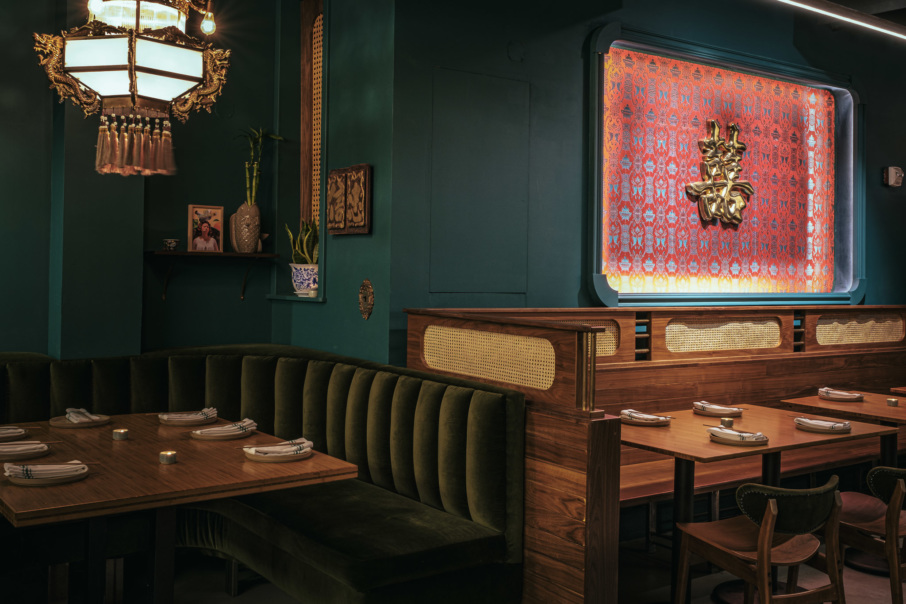
Address: 133 Chrystie Street
Hours: 5:30 to 10 p.m., Thursdays to Sundays.
Recommended Dishes: Endive salad ($19); salt & pepper chicken with scallion biscuits ($25); oyster mushroom rice roll noodles ($17) with the addition of hangar steak ($8); pineapple pineapple soft serve ($7).
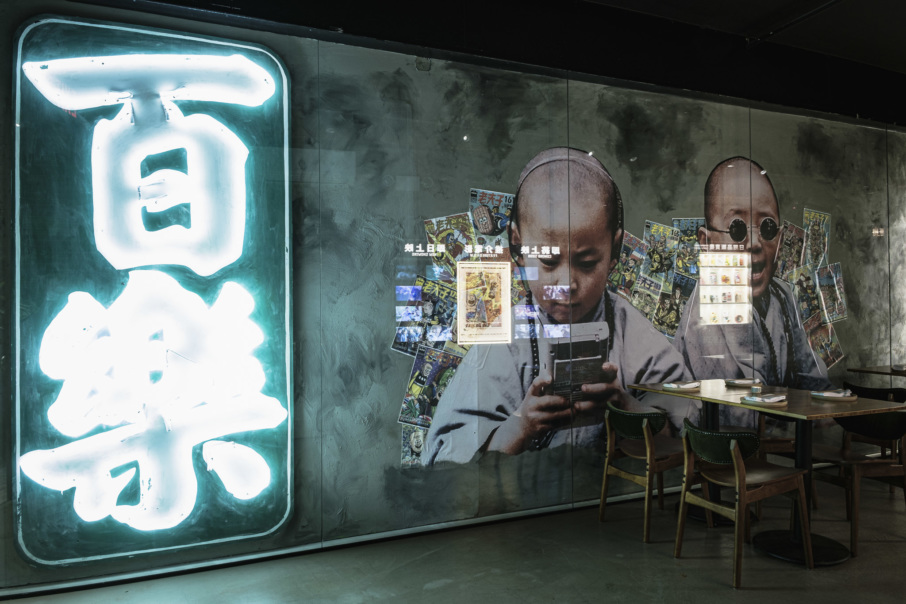
Best For Dining With: Your core group of friends, your parents, or both.
Seats: 65, indoor only.
Reservations: Walk-ins are accepted but reservations, which drop three weeks in advance, are recommended. Parties of up to 24 can be accommodated; groups of eight or larger receive a prix-fixe menu that spans most of the menu and includes dessert.
Discover More

Stephen Satterfield's Corner Table


